Fisher & Paykel Rangetop Repair
Volt & Vector Appliance Repair
23 Google reviews
Experience premium Fisher & Paykel Rangetop service with advanced diagnostics tailored to NYC needs. Enjoy a $99 diagnostic fee (credited to repair) and a 180-day warranty.
Local techs
+1 (332) 333-1709
.avif)

Fisher & Paykel Rangetop repair with $99 diagnostic fee ensures fast and reliable service.
Fisher & Paykel Rangetops are known for their precision, but potential cascading system failures can lead to energy waste and significant disruption in densely populated environments like Brooklyn and Manhattan. Space constraints complicate installations and regular delivery delays can exacerbate the inconvenience when issues arise with your appliance.
At Volt & Vector, we utilize advanced diagnostic methodology, incorporating techniques such as multimeter testing, control board signal tracing, and sealed system pressure analysis. Our logistics are tailored for rapid dispatch across boroughs to minimize downtime and restore your kitchen’s functionality as swiftly as possible.
We pride ourselves on setting premium service expectations, starting with a $99 diagnostic fee (credited to repair) combined with a 180-day warranty on all services provided. Our same-day availability ensures that you receive reliable and efficient solutions, backed by our guarantee of OEM parts.
Understanding Fisher & Paykel Error Codes
Code E2: The display is not functioning or readable.
Possible Causes:
- Display connection issue
- Control board malfunction
- Power supply anomaly
User Actions:
- Turn off and unplug the cooker.
- Inspect for any visible disconnections or damage.
- Reconnect the power and check for display functionality.
Code E5: A communication or operational error has been detected.
Possible Causes:
- Defective display components
- Control board malfunction
- Incorrect installation
User Actions:
- Switch off and unplug the cooker for safety.
- Check all connections for security and integrity.
- Reconnect the unit and see if the error persists.
Code E6: An issue has been detected with the display system.
Possible Causes:
- Communication failure with the display
- Faulty display components
- Technical error in control firmware
User Actions:
- Turn off the cooker and disconnect from the power source.
- Wait a minute before reconnecting it.
- Power it up and observe if the display returns to normal.
Code E7: An issue has arisen with the operational status of the cooking zones.
Possible Causes:
- Power supply disruption
- Faulty circuit or connections
- Internal fault with the appliance
User Actions:
- Switch off the cooker completely and unplug it.
- Wait for some time before plugging it back in.
- Turn the cooker back on and check if the error is resolved.
Code E9: The cooking appliance has detected an error in operation or display.
Possible Causes:
- Electrical supply inconsistency
- Component failure
- Malfunction in the control system
User Actions:
- Turn off and unplug the cooker.
- Examine power connections and ensure proper voltage.
- Reconnect and turn on the cooker to check if it operates normally.
Code ER20: The cooking zones are not functioning correctly due to a fault.
Possible Causes:
- Electrical supply issue
- Internal component malfunction
- Control board error
User Actions:
- Switch off the cooker and unplug it from the wall outlet.
- Wait for about 1 minute before plugging it back in.
- Turn the cooker back on and check if the issue persists.
Code ER31: There is an operational fault in the cooking zones.
Possible Causes:
- Power supply interruption
- Faulty wiring or connection
- Fault in the control system
User Actions:
- Turn off the cooker and disconnect it from the mains.
- Wait a minute and then reconnect the power.
- Restart the cooker and see if the error clears.
Code ER47: An error has occurred preventing the cooking zones from operating.
Possible Causes:
- Incorrect voltage supply
- Component failure within the appliance
- Control logic issue
User Actions:
- Switch off the cooker and unplug it.
- Wait for 1 minute and plug it back in.
- Turn on the cooking zones and monitor for errors.
Technical FAQs & Diagnostic Insights
Q: What does the ER20 code indicate?
A: ER20 signifies that the cooking zones are not functioning properly, likely due to an electrical supply issue or control board error.
Q: Why does my Rangetop have noise and vibration issues?
A: Noise and vibration can stem from several issues, including loose components or improper installation that require careful realignment.
Q: Can you explain the significance of the ER31 error?
A: The ER31 error indicates an operational fault within the cooking zones, often due to wiring issues or control system failures that must be addressed by a technician.
Q: What causes leaking in Fisher & Paykel Rangetops?
A: Leaks can result from defective seals or damaged components, necessitating immediate evaluation to prevent further damage or safety hazards.
Advanced Pre-Service Checks for Homeowners
Perform a breaker load testing to confirm electrical supply stability.
Test thermistor resistance for deviations that may indicate issues.
Assess condenser coils for obstructions affecting performance.
Conduct door seal vacuum testing to ensure proper sealing.
Warning: Sealed system work poses hazards; any gas leaks or persistent electrical faults require immediate professional intervention.
Advanced Pro Maintenance Tips
Noise/Vibration: To mitigate vibration issues from the burner assembly, regularly inspect the mounting brackets for wear and ensure all screws are tightened to the OEM specification of 10 Nm. In high-rise environments like Manhattan, check for any loose pipes or fittings as they can transmit vibrations and amplify noises through the cabinetry.
Burner: Inspect the burner orifices for clogs every six months, especially in areas prone to high humidity like kitchens near Windows. Use a soft brush and compressed air to clean without damaging the surface; ensure compliance with the Fisher & Paykel OEM specifications for parts like the burner cap to maintain optimal flame characteristics.
Power: Before performing any internal inspections, ensure to disconnect the electrical supply and gas line to prevent hazards. Then, test the main control board for burnt traces or cracked solder joints that may arise from NYC's pre-war electrical systems, particularly under high load scenarios.
Leaking: To address potential water leaks from the inlet water valve, inspect the seals and connections at least bi-annually, particularly in high-pressure environments typical of Brooklyn. Replace worn-out gaskets with OEM parts to ensure a proper seal and follow all guidelines for torque specifications during reinstallation to prevent future leaks.
Expert Cost-Benefit Analysis: Repair or Replace?
When considering repair for your Fisher & Paykel Rangetop, it's critical to evaluate the age of components like the compressor and control board. Typically, repairs are more cost-effective for units under ten years old, where individual part failures remain economical at approximately 50-70% of the replacement cost. However, as the entire sealed system ages, the cumulative repair costs may exceed those of a new model.
Replacement becomes a viable option when considering factors such as energy efficiency ROI, scarcity of discontinued OEM parts, and cumulative repair costs exceeding 70% of the unit's value. Urban logistics also dictate that installation plans accommodate the unique challenges of high-rise environments in Manhattan.
- Energy efficiency ROI is crucial for long-term savings.
- Discontinued OEM parts may lead to availability issues.
- Cumulative repair costs reaching thresholds should prompt replacement consideration.
- Manhattan's logistics can complicate installation timelines.
Advanced Pro Maintenance Tips
Noise/Vibration: To mitigate vibration issues from the burner assembly, regularly inspect the mounting brackets for wear and ensure all screws are tightened to the OEM specification of 10 Nm. In high-rise environments like Manhattan, check for any loose pipes or fittings as they can transmit vibrations and amplify noises through the cabinetry.
Burner: Inspect the burner orifices for clogs every six months, especially in areas prone to high humidity like kitchens near Windows. Use a soft brush and compressed air to clean without damaging the surface; ensure compliance with the Fisher & Paykel OEM specifications for parts like the burner cap to maintain optimal flame characteristics.
Power: Before performing any internal inspections, ensure to disconnect the electrical supply and gas line to prevent hazards. Then, test the main control board for burnt traces or cracked solder joints that may arise from NYC's pre-war electrical systems, particularly under high load scenarios.
Leaking: To address potential water leaks from the inlet water valve, inspect the seals and connections at least bi-annually, particularly in high-pressure environments typical of Brooklyn. Replace worn-out gaskets with OEM parts to ensure a proper seal and follow all guidelines for torque specifications during reinstallation to prevent future leaks.
About our company:
Volt & Vector — Professional Appliance Repair Service in New York City
Diagnostic Workflow
- Model & serial verification (rating-plate photo).
- Functional test — run service mode, retrieve stored error codes.
- Electrical measurement — voltage, amperage, resistance under load.
- Mechanical check — motors, valves, belts, pumps, airflow or coolant path.
- Safety validation — water, gas, or vent integrity.
- Estimate issued before repair authorization.
If the client proceeds, the diagnostic credit applies in full. Every visit is logged with readings and photos for warranty traceability.
Parts & Sourcing
Only factory-original OEM components from authorized distributors.
Each part is tracked by model, serial, and invoice ID.
We never use rebuilt electronics or aftermarket substitutes.
Refrigeration and sealed-system work performed by EPA 608-certified technicians.
Warranty & Compliance
- 180 days on both parts and labor.
- Documentation stored in secure cloud system for repeat-visit reference.
- COI and technician ID available for building management.
- All work complies with NYC Electrical & Plumbing Codes §27-740 et seq.
Safety Protocol
If there’s water leakage, cut the supply immediately.
If smoke, odor, or sparks appear — shut the breaker and disconnect.
Technicians arrive with insulated tools, PPE, and isolation testers rated to 1000 V CAT III.
Pre-Visit Checklist for Clients
- Confirm building access / doorman / elevator window.
- Provide brand + model + symptom (photo helps).
- Clear workspace around appliance (2–3 ft).
- If possible, note any error code or behavior pattern.
These steps reduce diagnostic time and ensure correct parts are dispatched.
Service Coverage
Brooklyn: Downtown, Brooklyn Heights, Park Slope, Williamsburg, Greenpoint, Bed-Stuy, Carroll Gardens, Prospect Heights, Flatbush.
Manhattan: FiDi, Battery Park, Tribeca, SoHo, Chelsea, Midtown, UES, UWS, Gramercy, Village.
Text alerts are sent ≈ 30 minutes before arrival.
Data & Documentation
Volt & Vector maintains a private service database linking symptoms, part numbers, and test results across thousands of NYC appliances.
Why Clients Choose Volt & Vector
- Local operation: no subcontract chains.
- Direct communication: text / email / call — no call-center delays.
- Technical credibility: trained on Bosch Benchmark, Miele W1/T1, Sub-Zero sealed-system platforms.
- COI & property compliance: trusted by NYC building management.
- Fast logistics: inventory and supplier network inside the five boroughs.
Commitment to Repair Ethics
Every successful repair extends appliance life, lowers energy waste, and avoids landfill scrap.
All replaced components are recycled through certified NYC facilities.
“Repair First” is our environmental and professional baseline.
Schedule Service
- Text or call (332) 333-1709.
- Send appliance info + photos.
- Receive ETA and firm estimate.
- Technician arrives within your chosen window, completes service, provides digital invoice and warranty.
Volt & Vector — Built for NYC by Real Techs
Professional diagnostics, OEM components, documented results.
Transparent pricing. Zero guessing. Guaranteed repair.
Primary Services
See the full catalog of our services—organized by brand and by appliance—right here.



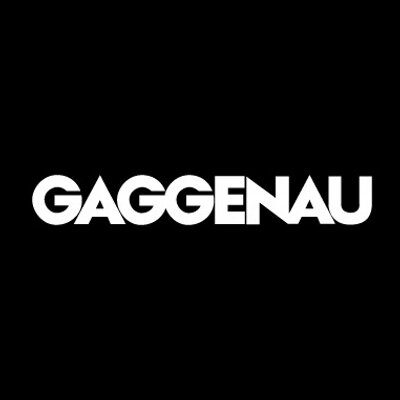
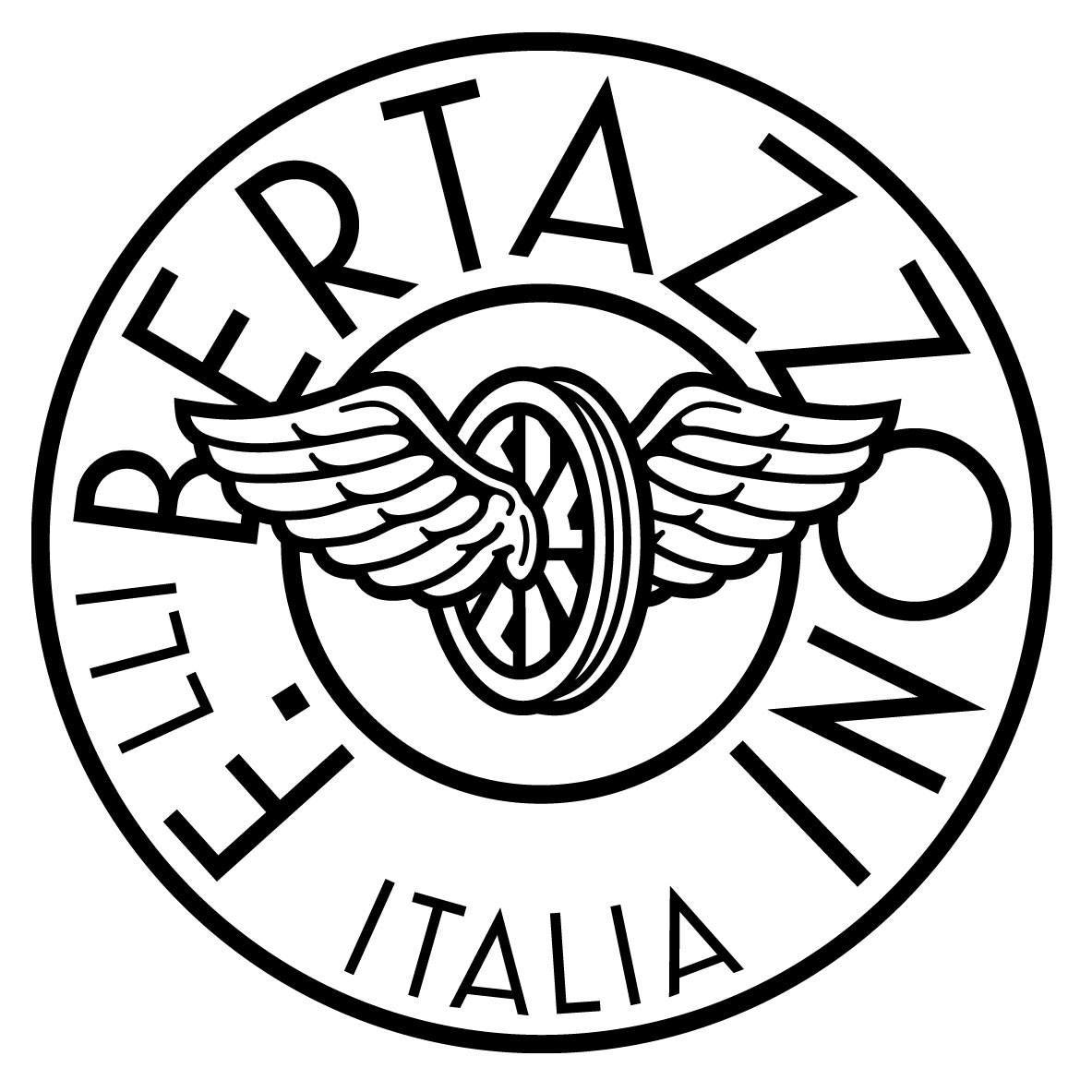



















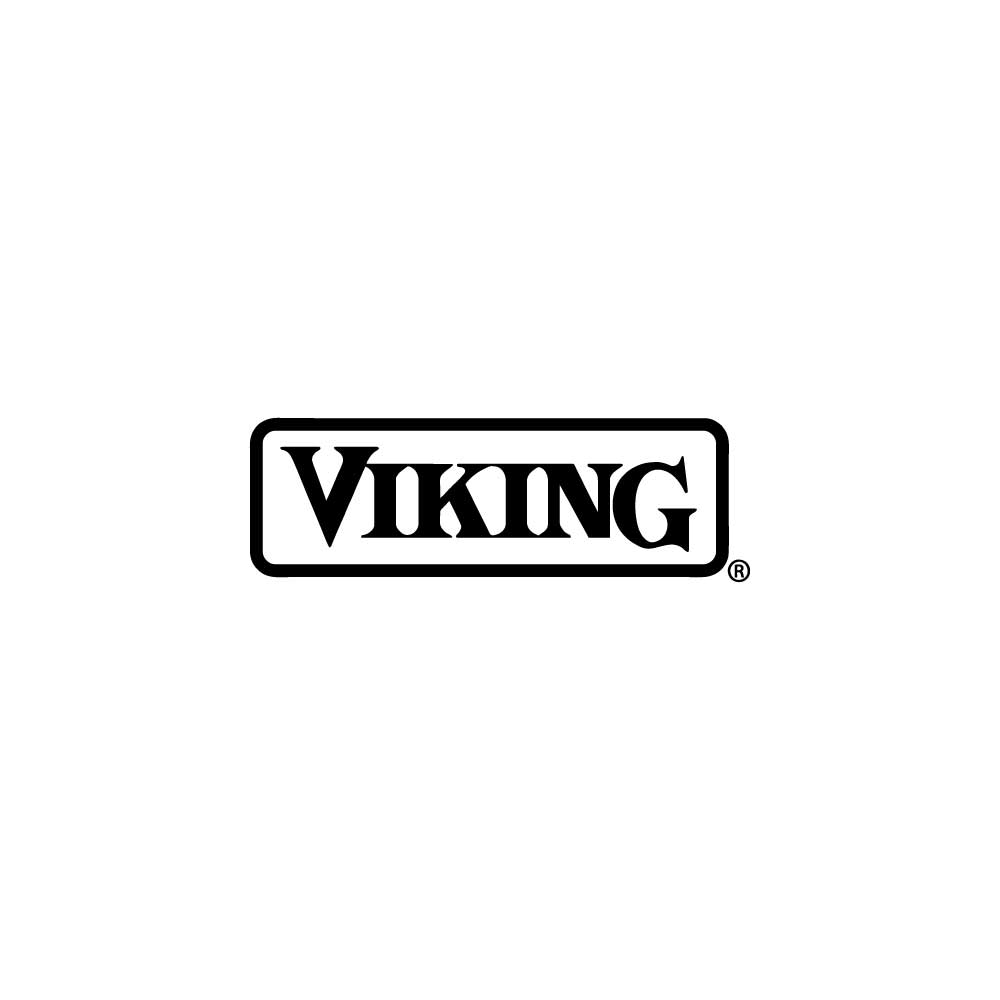










.svg.png)




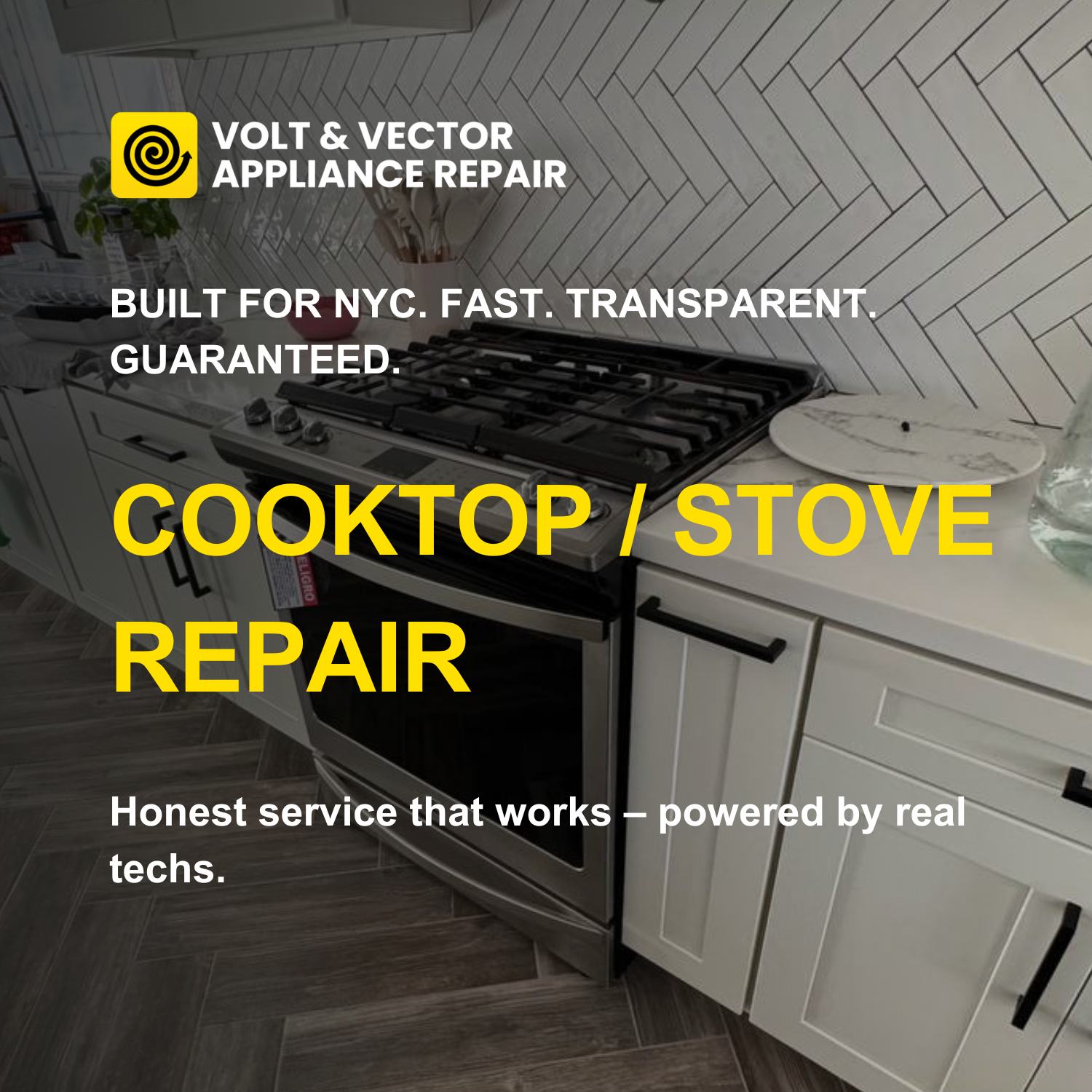



.png)
.png)
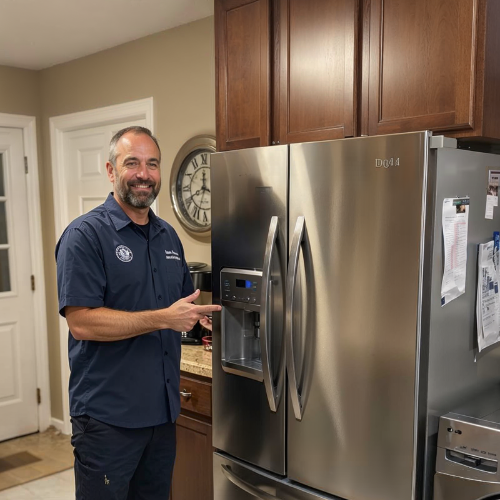



.png)
.png)
